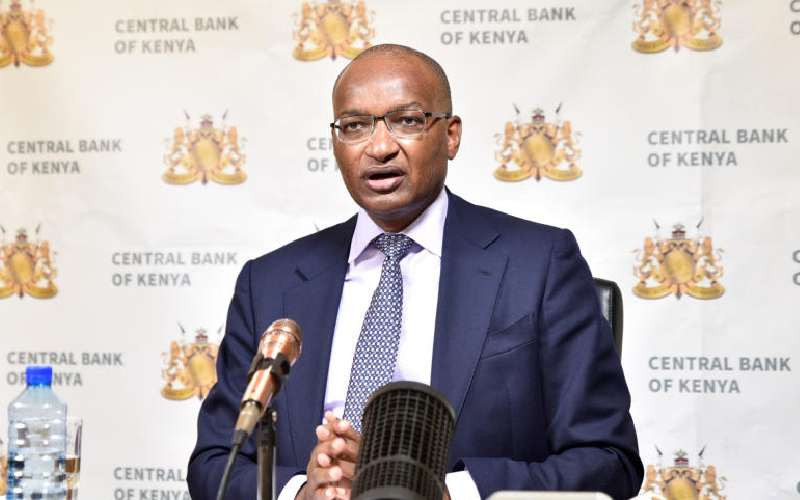Did you read this?
The Central Bank of Kenya(CBK) has increased the base lending rate to 9.5 per cent from 8.75 per cent to tame runaway inflation in the economy.
For Kenyan borrowers, who are currently struggling with a high cost of living, the hike of 75 basis points means a greater cost of borrowing.
According to CBK Governor Patrick Njoroge, said the MPC noted the sustained inflationary pressures, the elevated global risks and their potential impact on the domestic economy, and concluded that there was scope for a further tightening of the monetary policy in order to anchor inflation expectations.
Kenya's overall inflation rate climbed from 9.0 to 9.2 per cent in February 2023, primarily due to higher food prices.
According to CBK, the price of food increased to 13.3 per cent in February from 12.8 per cent in January, primarily as a result of rises in vegetable costs brought on by the hot and dry weather that prevailed during the time.
Moreover, fuel inflation remained high in February at 13.8%, mostly due to the reduction in fuel subsidies and rises in electricity costs as a result of increased rates.
“Overall inflation is expected to remain elevated in the near term, partly reflecting further increases in electricity prices. Nonetheless, the long rains will moderate food inflation in the coming months,” said CBK.
Leading indications suggest that Kenya's economy would perform well in the first quarter of 2023, reflecting strong activity in the services sector, especially in the wholesale and retail trade, lodging and food services, education, and information and communication.
The CEOs Survey and the Market Perceptions Survey, two studies done prior to the MPC meeting, both found moderated optimism over company activity and economic growth forecasts for the upcoming year.
Concerns were raised by respondents over rising domestic inflation, the depreciation of the Kenyan shilling, and elevated food prices as a result of protracted dry weather conditions.
Further, some respondents remained optimistic due to the firm- and sector-specific growth opportunities, the onset of the long rains which was expected to boost agricultural activity and lower food prices in the near term, government measures to strengthen agricultural production, support for businesses through the Hustler Fund, and the resilience of the private sector.












